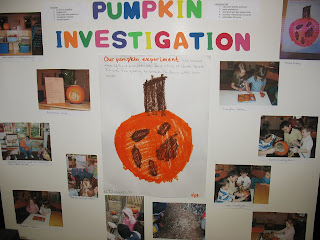
Trees are the most accessible and obvious way to introduce children to nature. Every tree is a habitat unto itself, providing food and shelter for any number of insects, birds, and mammals. A tree study can be carried out throughout the year so children can observe a variety of natural rhythms and cycles. The trees in your area will depend on the climate as well as how often the area has been cleared. Many people plant exotic or ornamental trees that are not native to their area. It’s a good idea to study a healthy, native tree. You can identify a tree by using clues such as its leaves, its bark, and its shape. I also
recommend planting a tree
with he children as a way to demonstrate that there are things we can do to help the earth. See the Arbor Day link below for information about planting trees.
Trees Facts
· There are approximately 100,000 different species of trees throughout the world
· Trees produce oxygen and reduce carbon dioxide in the atmosphere, and thus are very important for maintaining a healthy environment
· Conifers or evergreens are cone-bearing trees such as pines, firs, cedars, junipers, and redwoods
· Deciduous trees lose their leaves due to seasonal changes
· Most trees produce growth rings every year, which makes it possible to determine the age of the tree
· The oldest known tree in the United States is a
Bristle cone Pine Tree in California that is 4,700 years old!
· The tallest trees are the California Redwoods; one was measured to be 379 feet tall!
Tree Resources
http://www.arborday.org/ This site has everything you need to know about trees, including an online tree guide and a Nature Resource Book for teachers.
First Guide to Trees, G.
Petrides,
Houghton Mifflin Harcourt; 2
nd edition, 1998
Fandex Family Field Guides: Trees (Cards), S.
Aronson, Workman Publishing Company, 1998 This is a great way to learn about trees with children. The cards have die-cut leaf shapes, along with photographs and facts about every tree in the set.






























